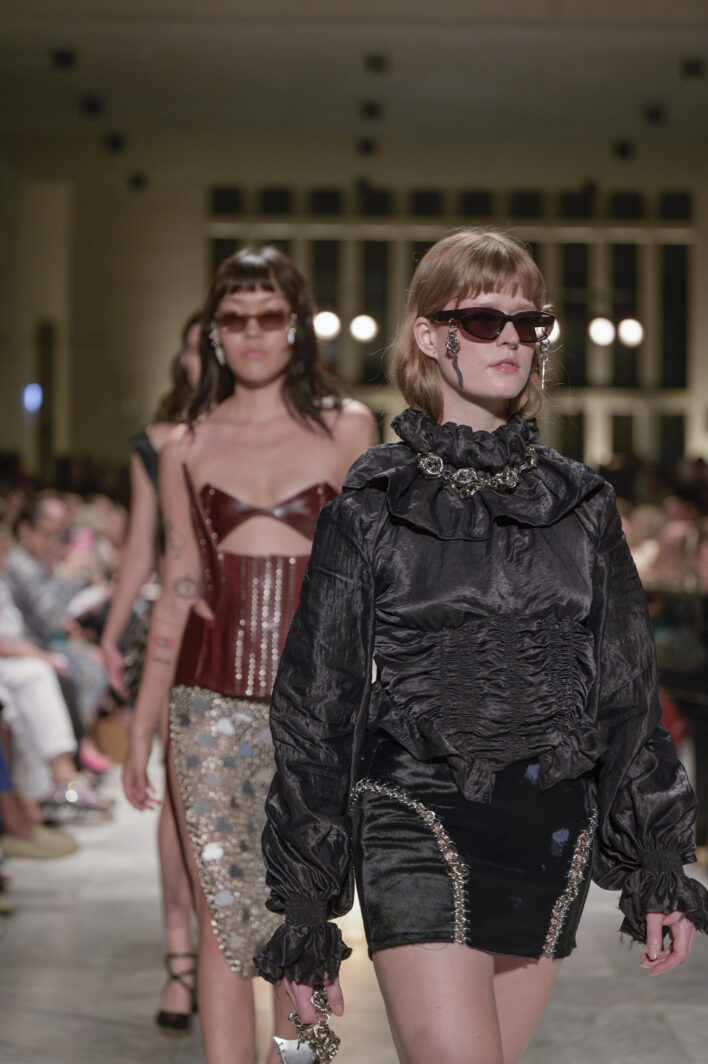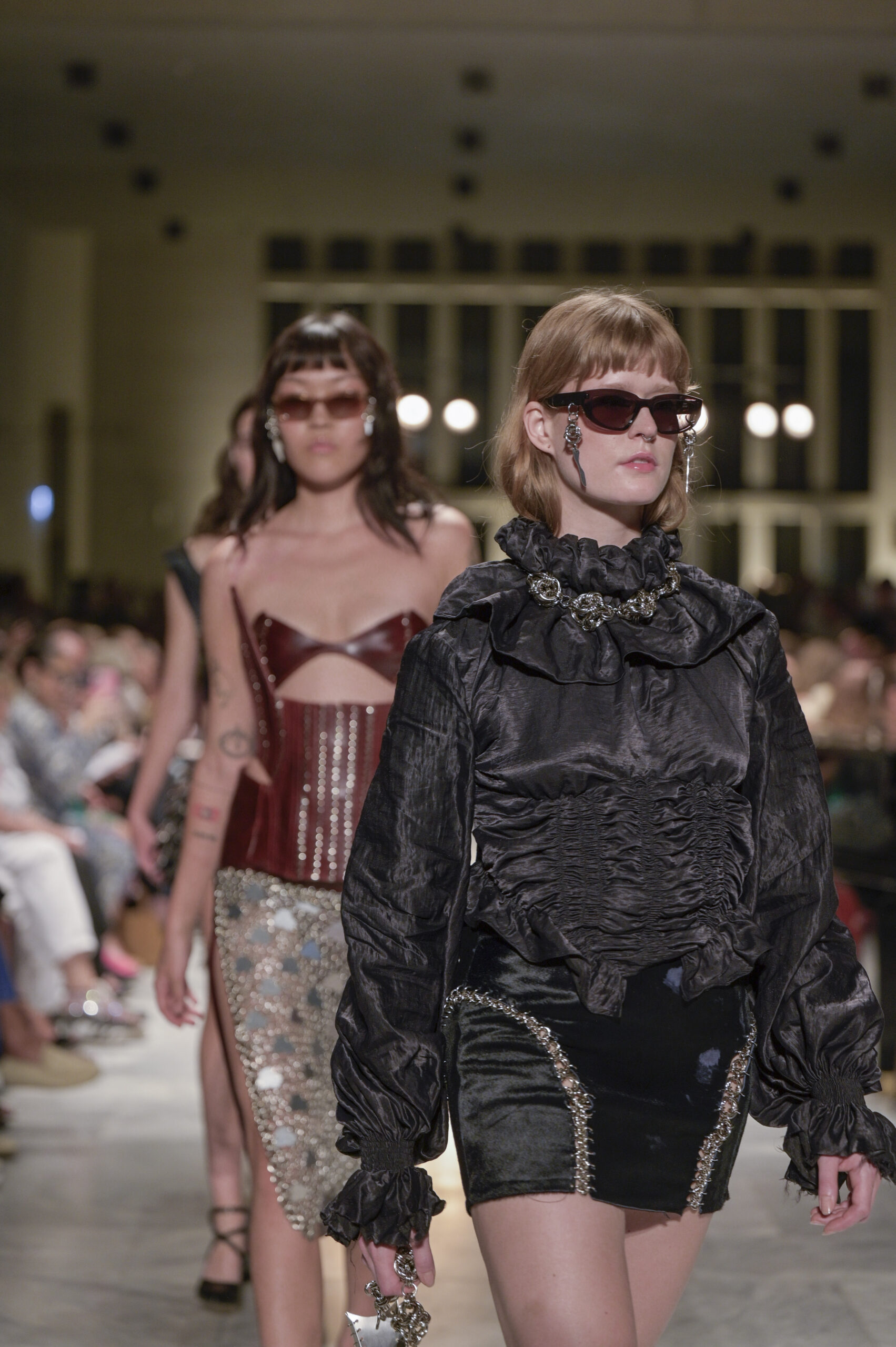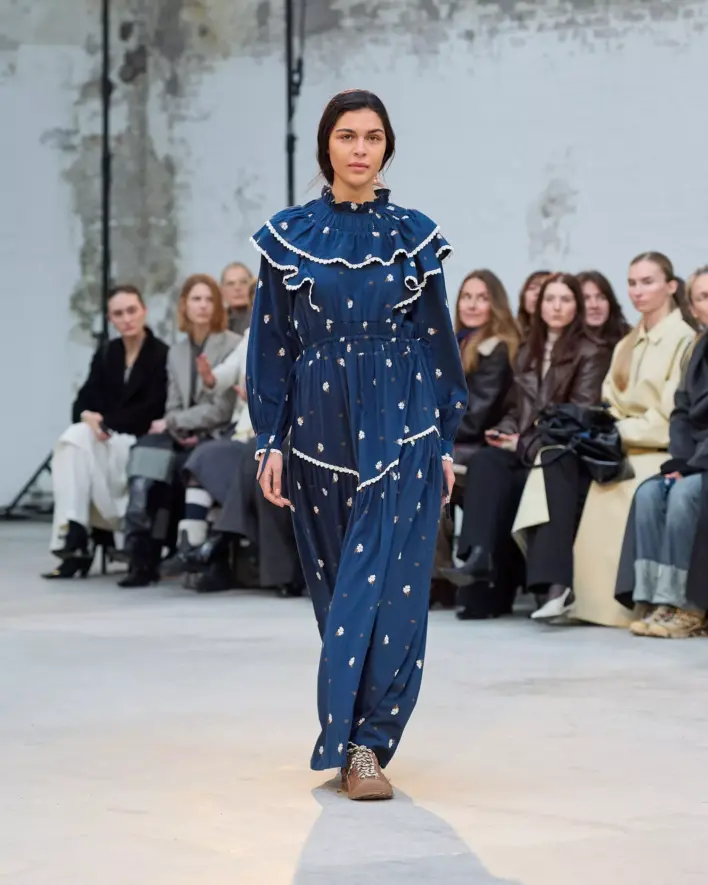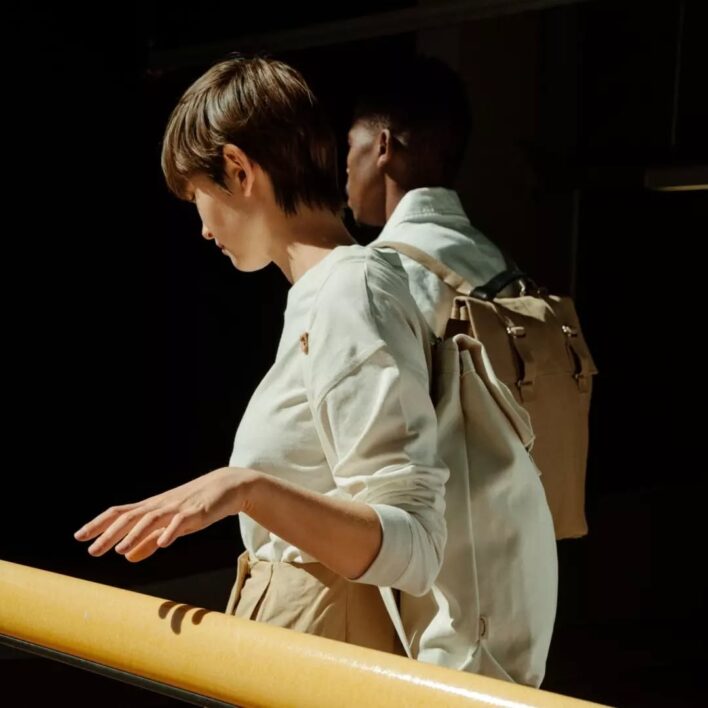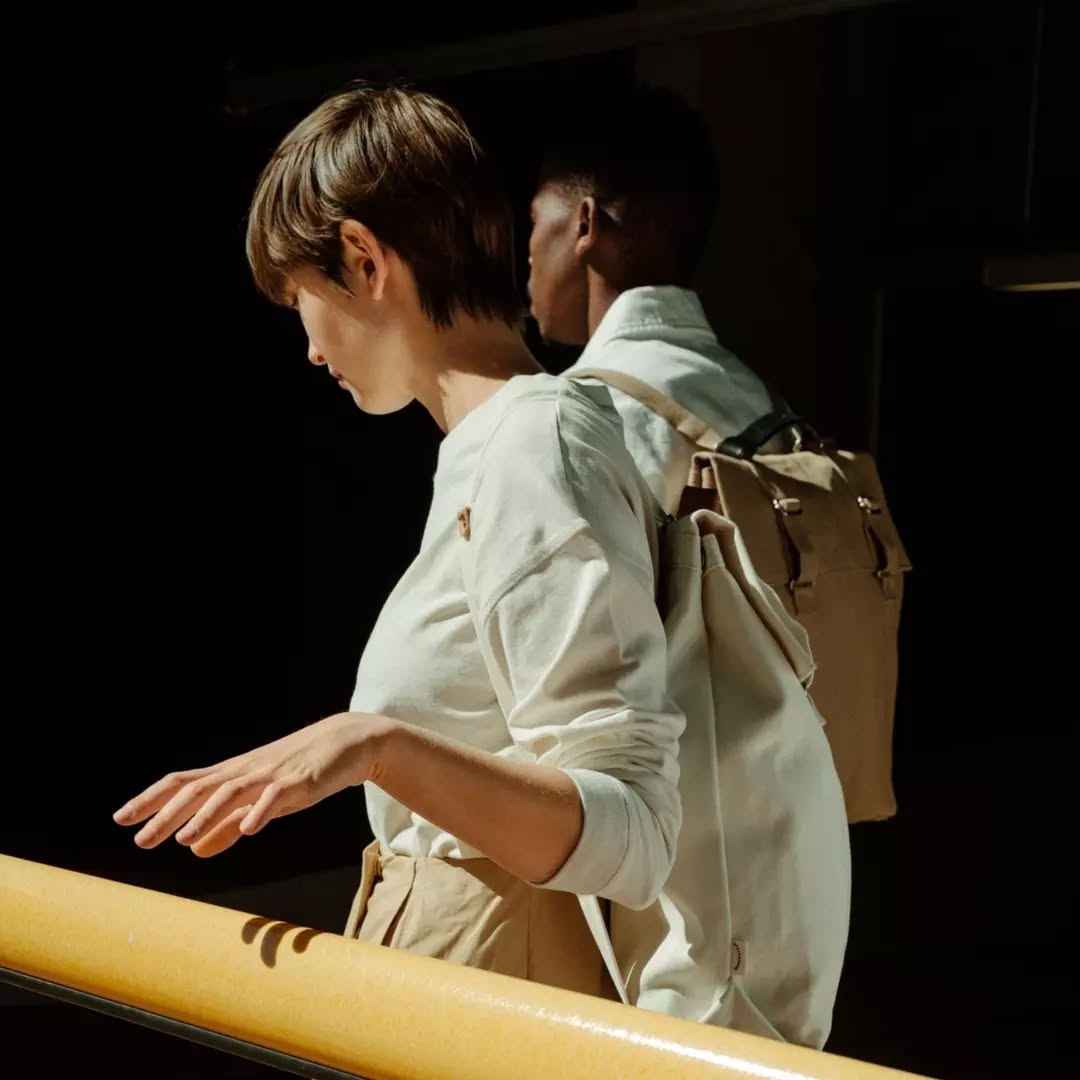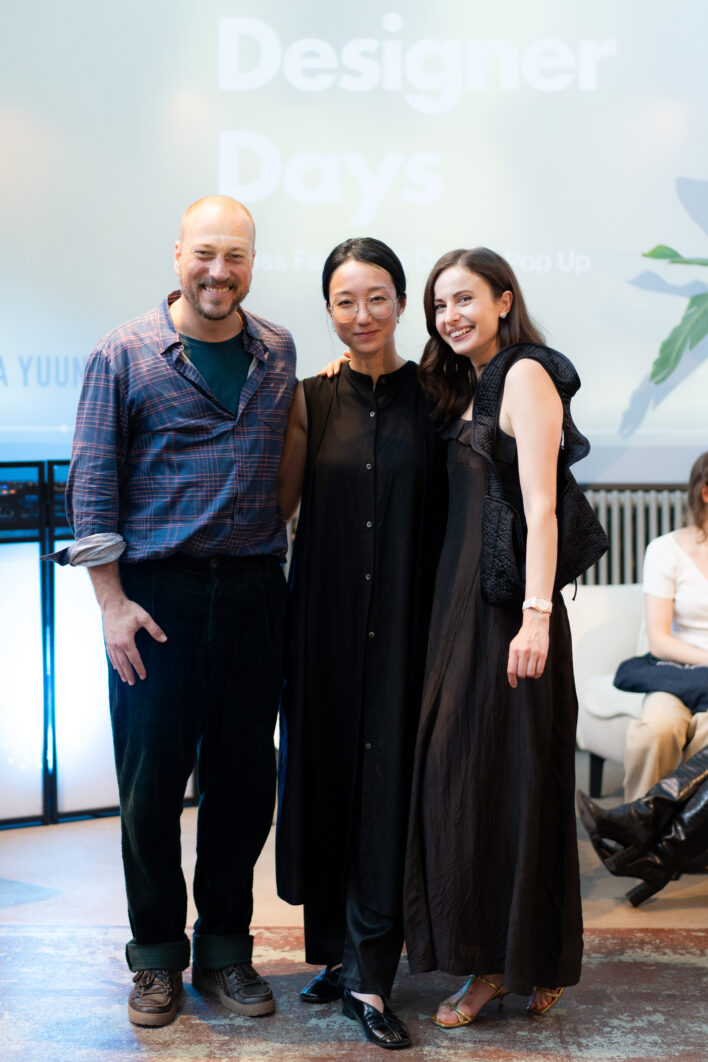The latest Fashion Week overflowed with fresh names and trends, showing that fashion can be both conscious and responsible. Beyond the official Sustainability Action Plan and requirements for participating brands established in 2020, many labels highlighted their own commitment to ecological practices, evident throughout the Spring/Summer 2026 collections. Here are the main sustainable trends demonstrated at CPHFW:
- Upcycling & Recycling at the Core
The circular use of materials and giving garments a second life has become a central principle for many brands. Each year, more designers embrace this practice, while newcomers are building their entire identity around upcycling. For instance, CPHFW NEWTALENT Bonnetje reworks old suits into striking new silhouettes, while Kettel Atelier crafts “sustainable artisanwear” by transforming vintage home textiles into unique garments. Even CPHFW’s events embraced circularity: Loop Generation x ILLUM hosted a pop-up of pre-loved luxury pieces, underlining a strong commitment to sustainable luxury.
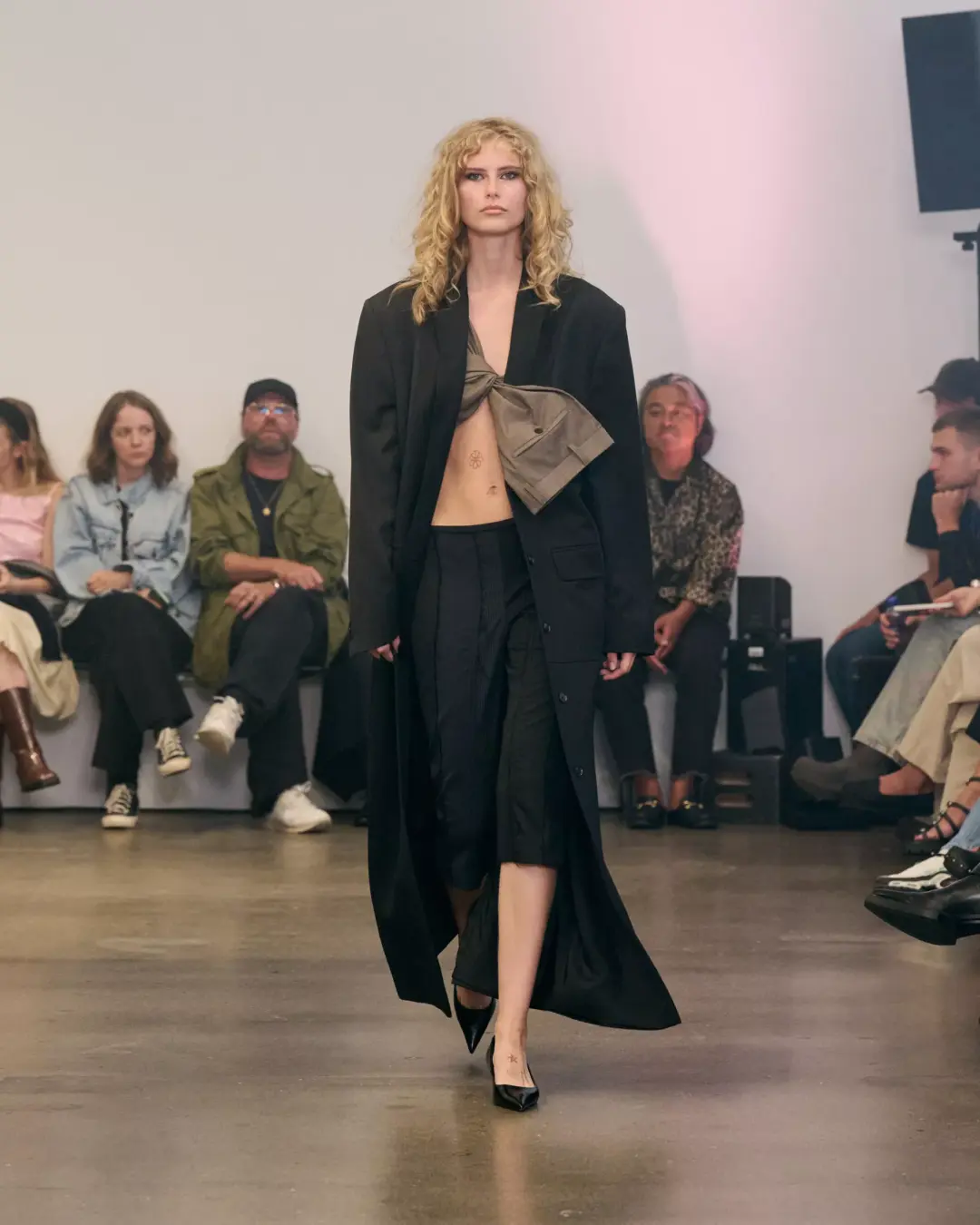
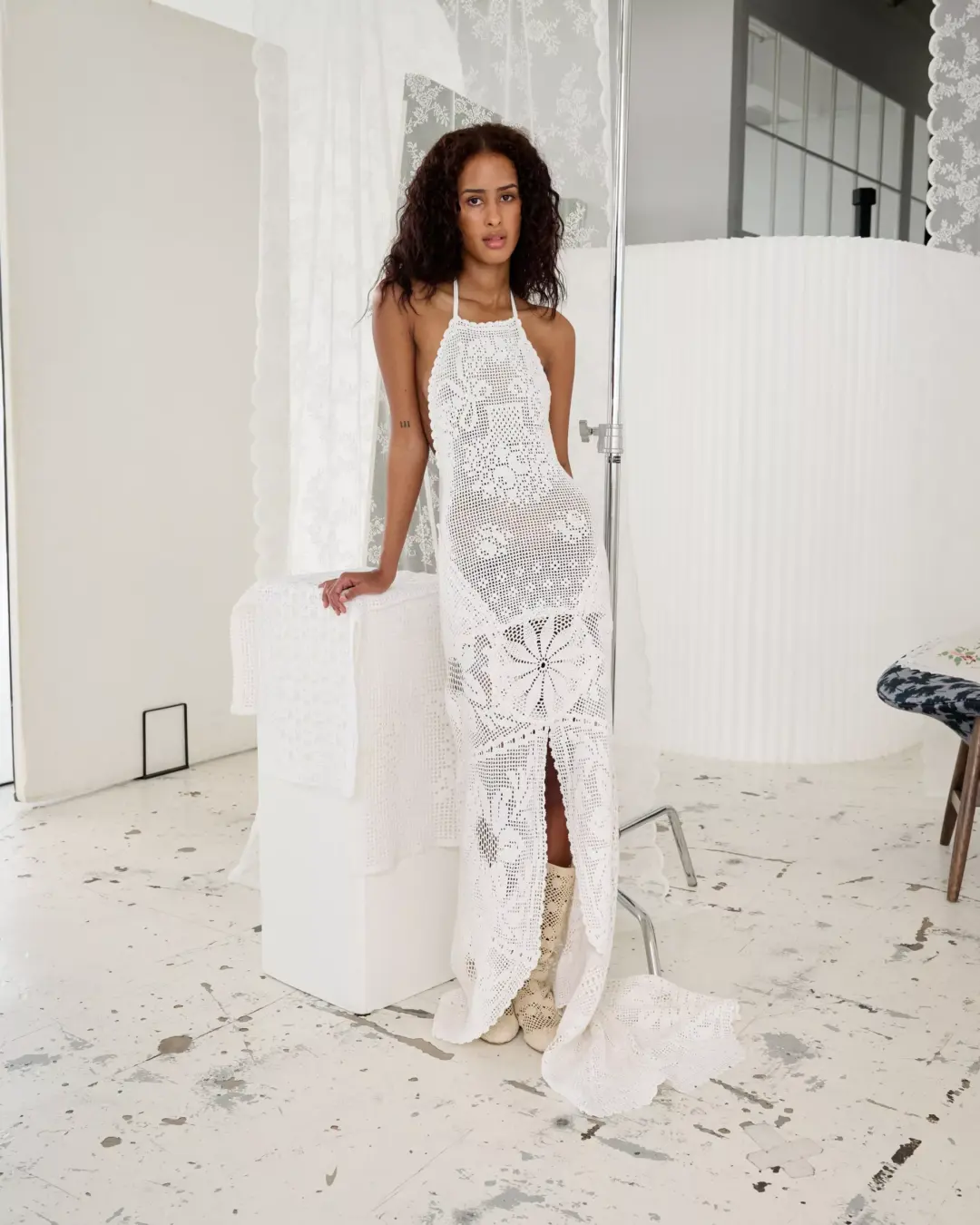
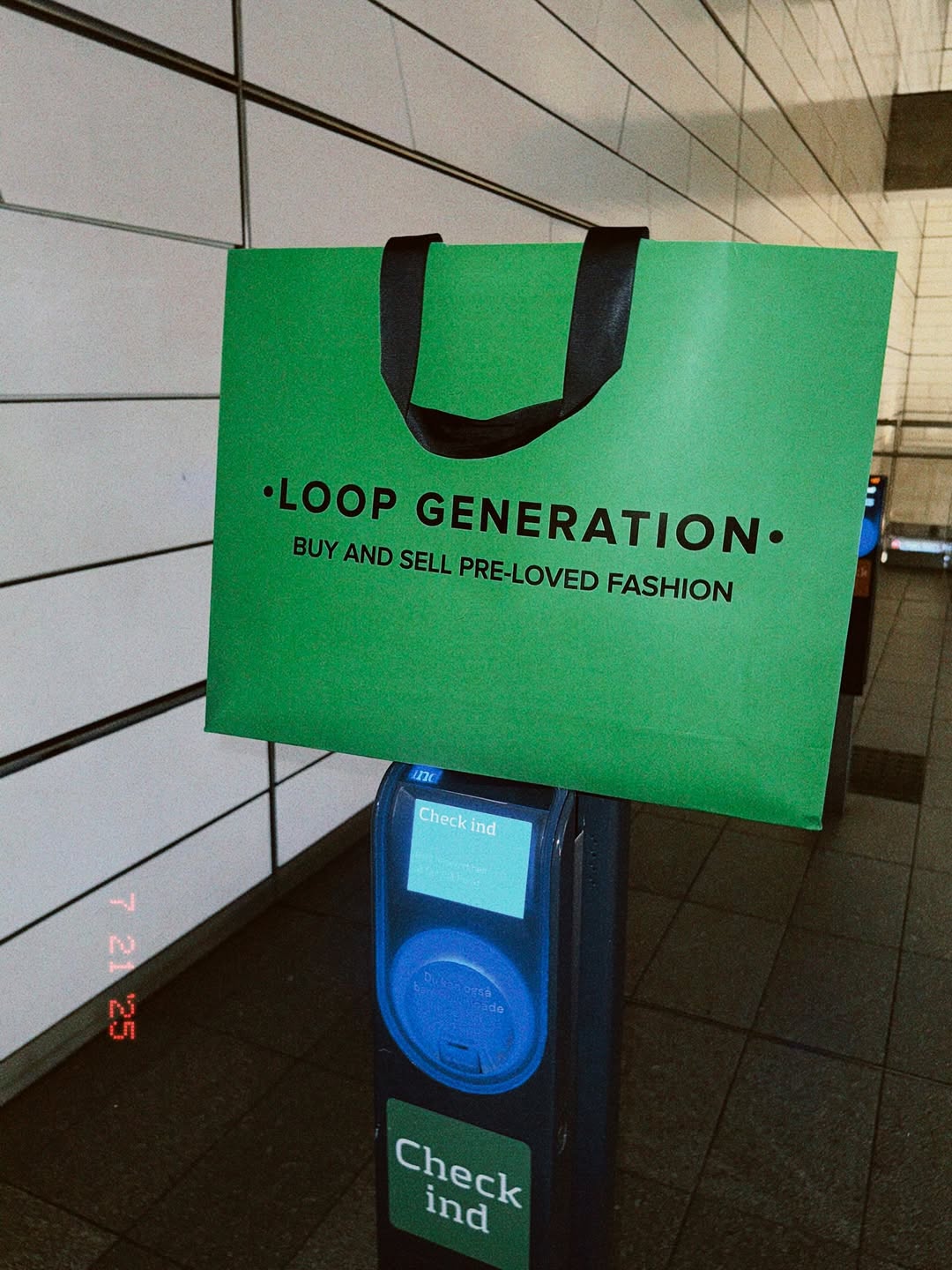
- Handweaving to Minimize Waste
Craftsmanship was named one of CPHFW’s key themes, with standout contributions from Stem and Freya Dalsjø. Stem combined performance and participation by inviting guests to a willow-weaving workshop, while models showcased frayed denim coats and natural-fibre patchwork dresses. Freya Dalsjø introduced basketry into her collection, using the artisanal technique in sculptural dresses and latticed leather shawls transforming traditional craft into contemporary couture.
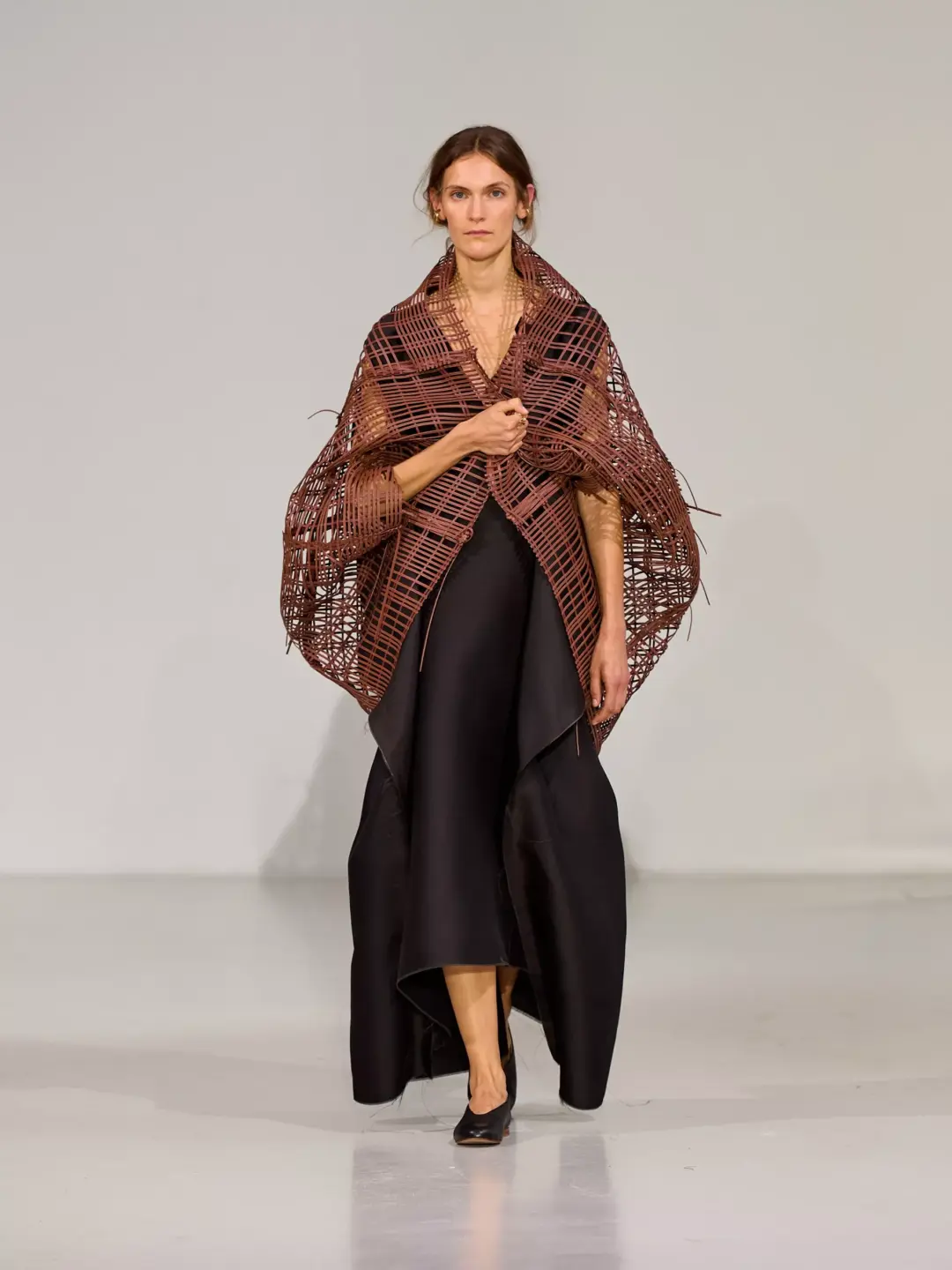

- Innovative Materials as the Future
If anyone claims that fashion has exhausted all material possibilities, Copenhagen’s designers prove otherwise. Experimentation with eco-conscious textiles such as fruit byproducts and plant-based leathers is pushing the boundaries of sustainable innovation. Skall Studio, for example, introduced leather alternatives made from cactus and Sicilian orange byproducts in its SS26 collection, setting new standards for material creativity.

- Green Textiles & Plant-Based Innovation
Plants continue to inspire designers as a source of new materials. Stine Goya, TG Botanical, and Holzweiler were among the highlights in this space, working with organic cotton, biodegradable fabrics, and plant-based dyes. Ukrainian brand TG Botanical stood out with its deeply rooted ecological approach: using hemp, linen, cotton, flax, and nettle all locally sourced and applying artisanal dyeing techniques with pigments from tansy flowers, acorns, onion husks, and coffee beans. The result is a collection that merges tradition, sustainability, and modern design.
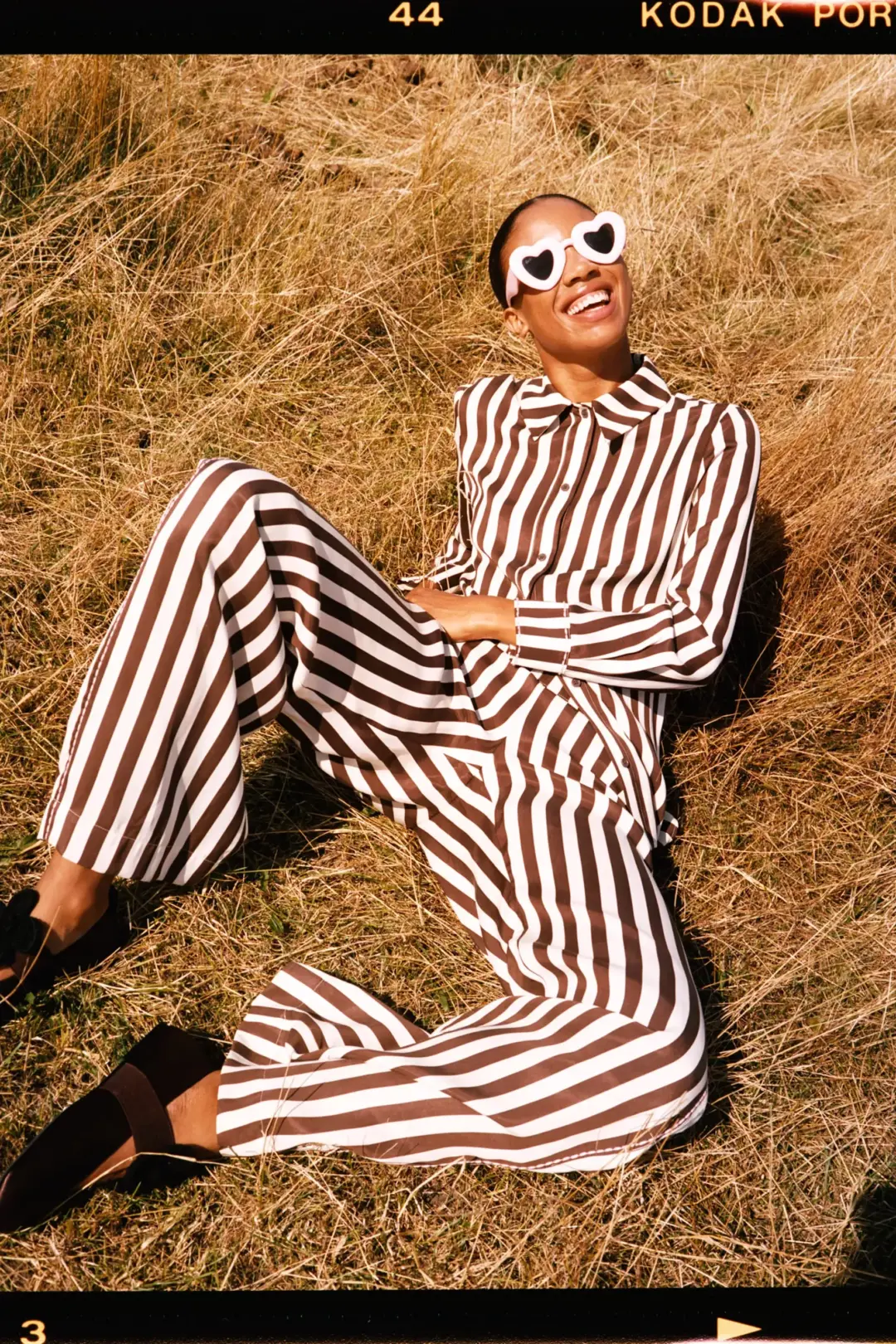
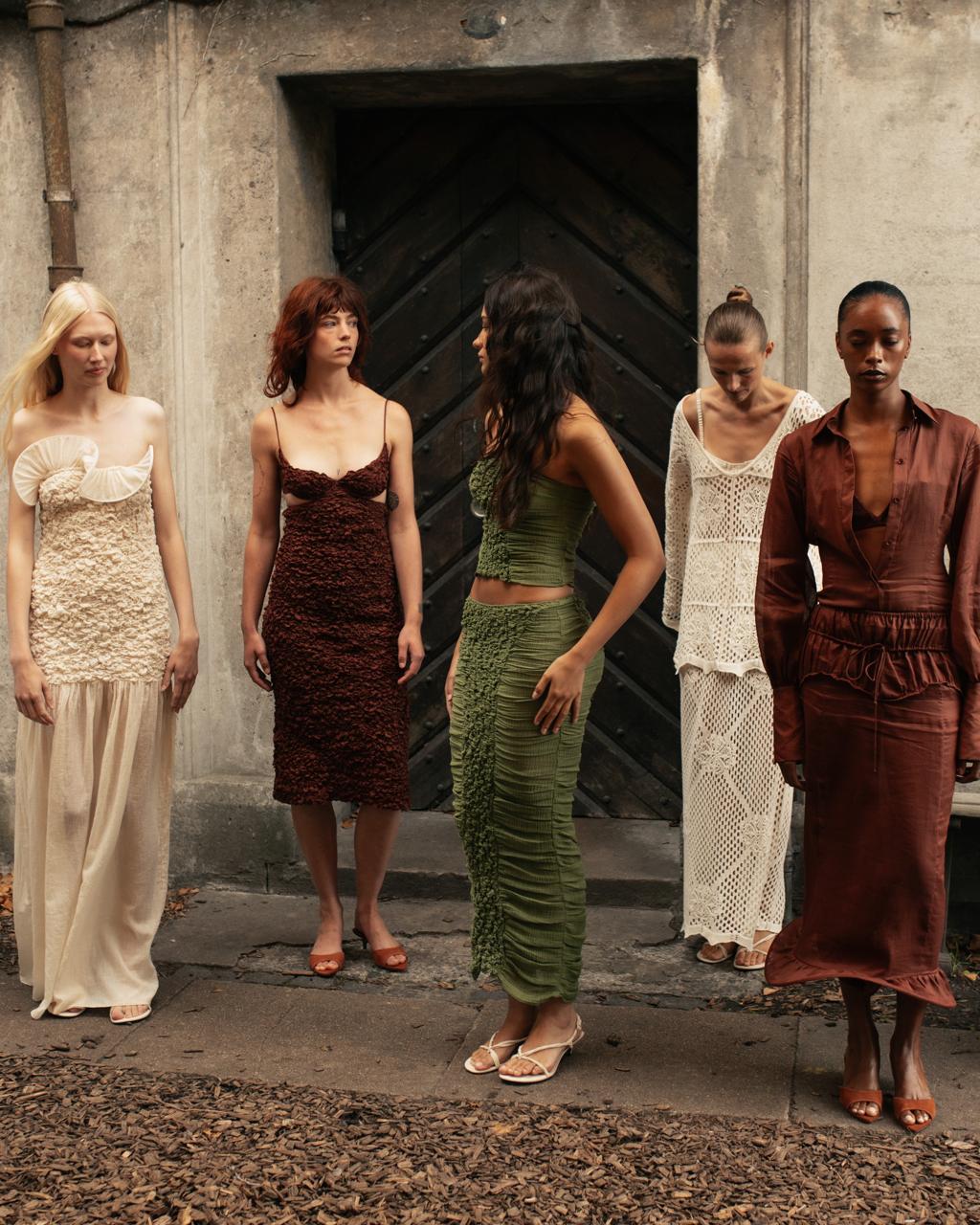
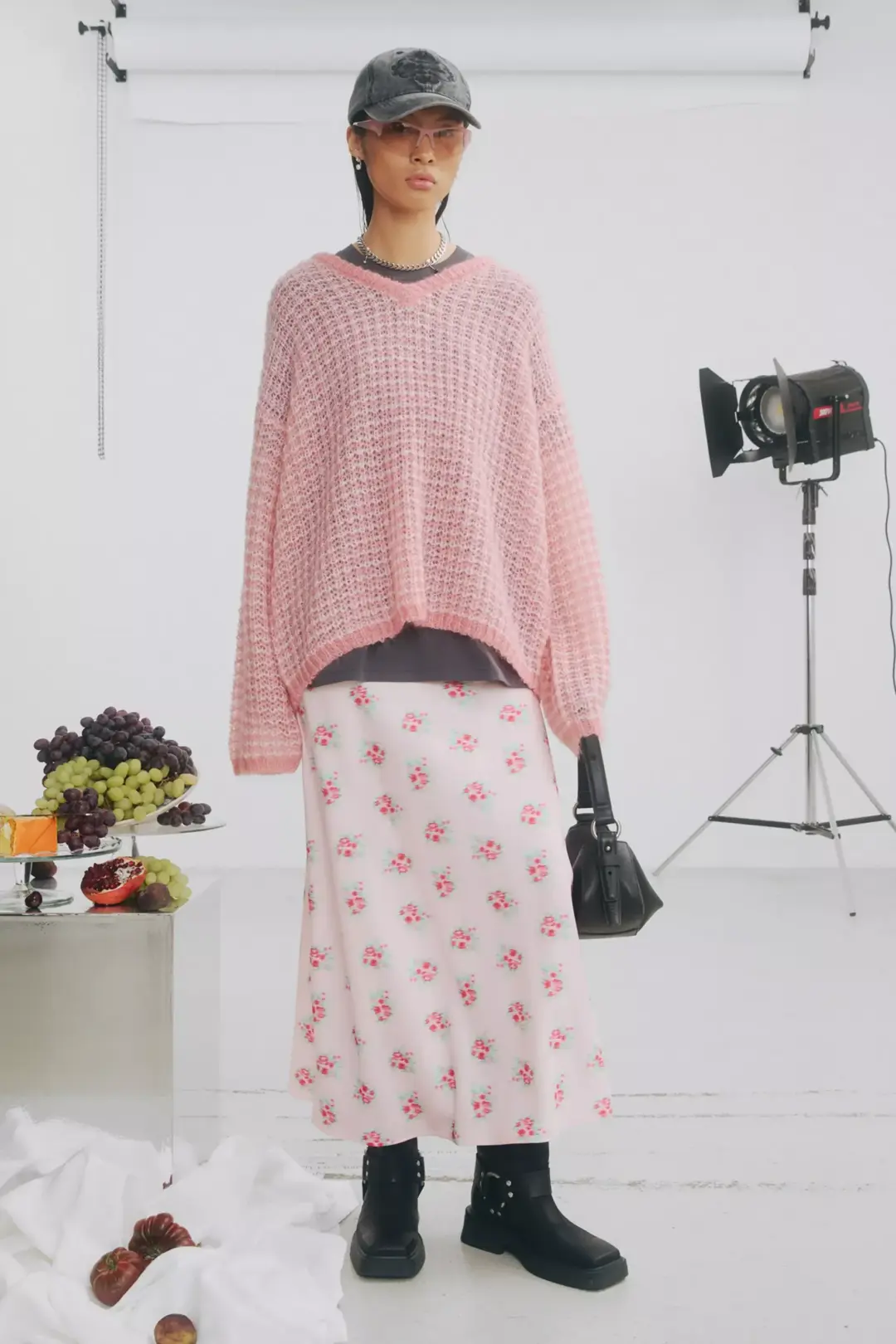
Copenhagen Fashion Week SS26 confirmed that sustainability is no longer a side note but the driving force of contemporary fashion. From upcycling and artisanal craftsmanship to plant-based materials and innovative textiles, the collections demonstrated that creativity and responsibility can go hand in hand. With each season, the city strengthens its position as the global stage where style and sustainability meet.
